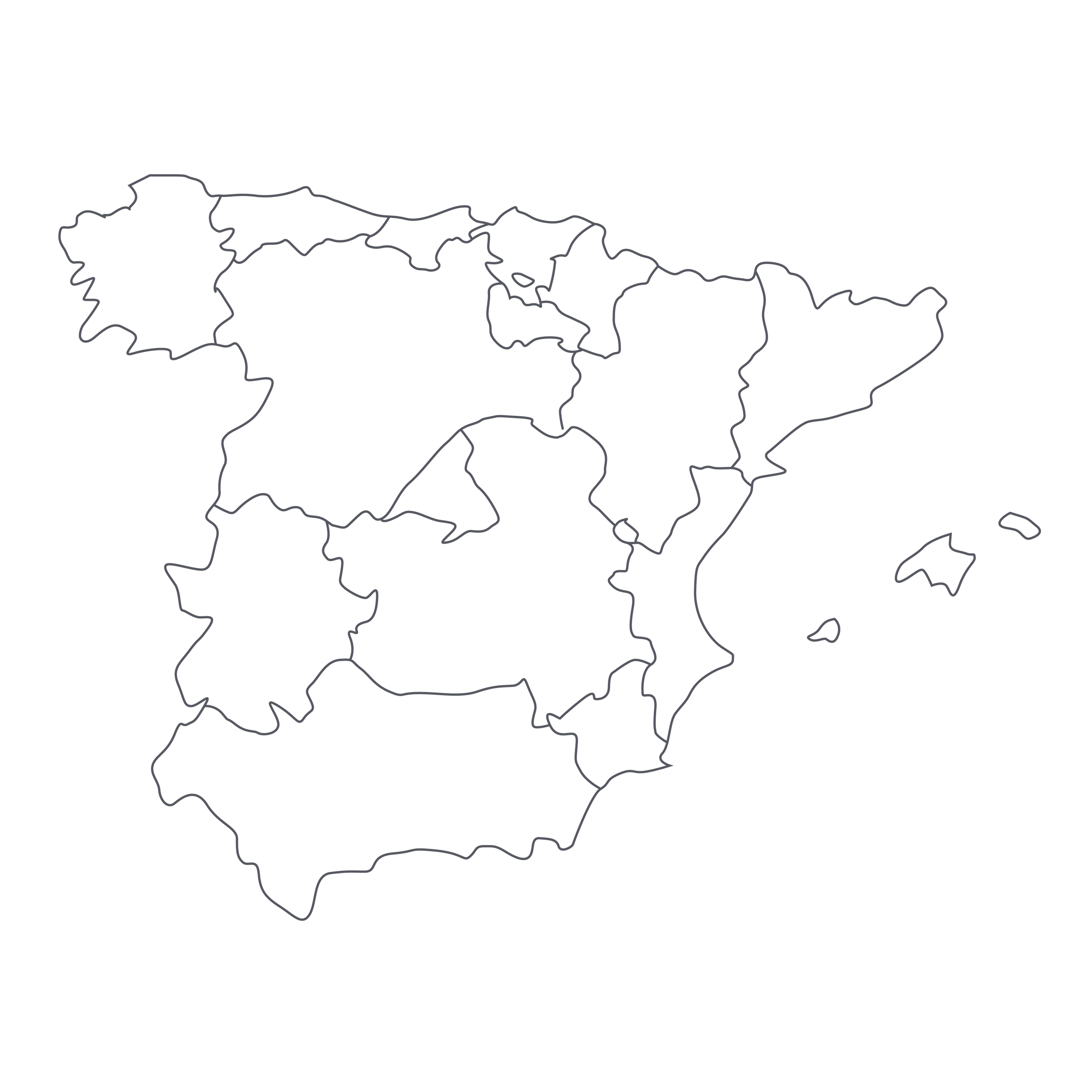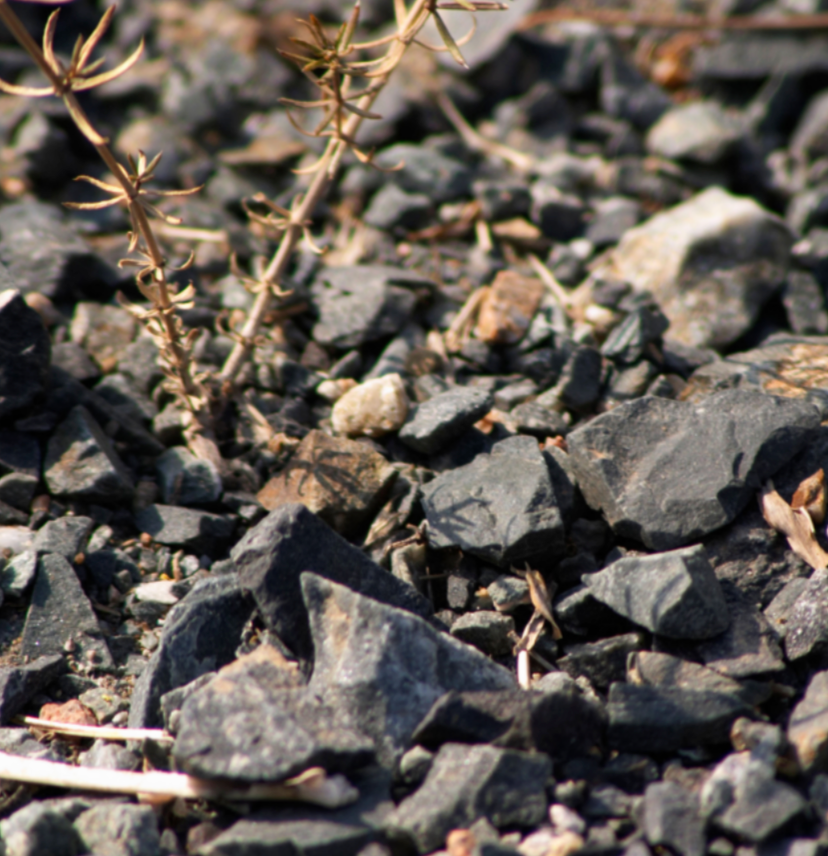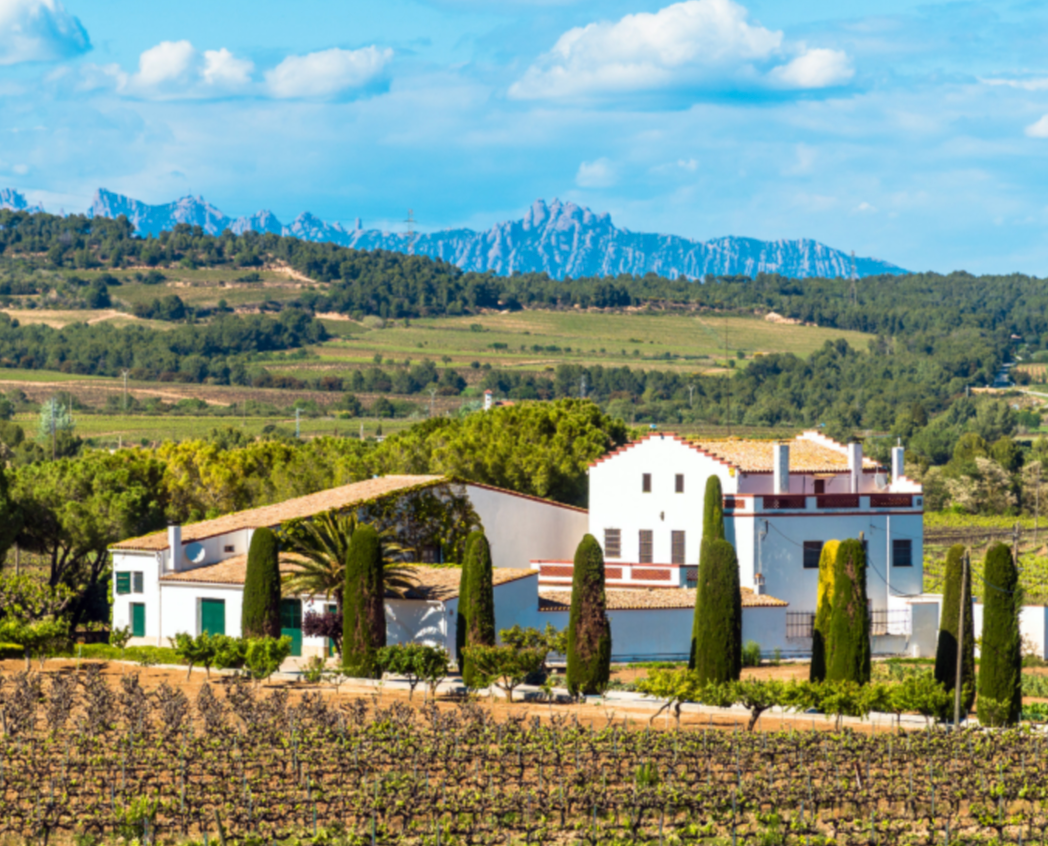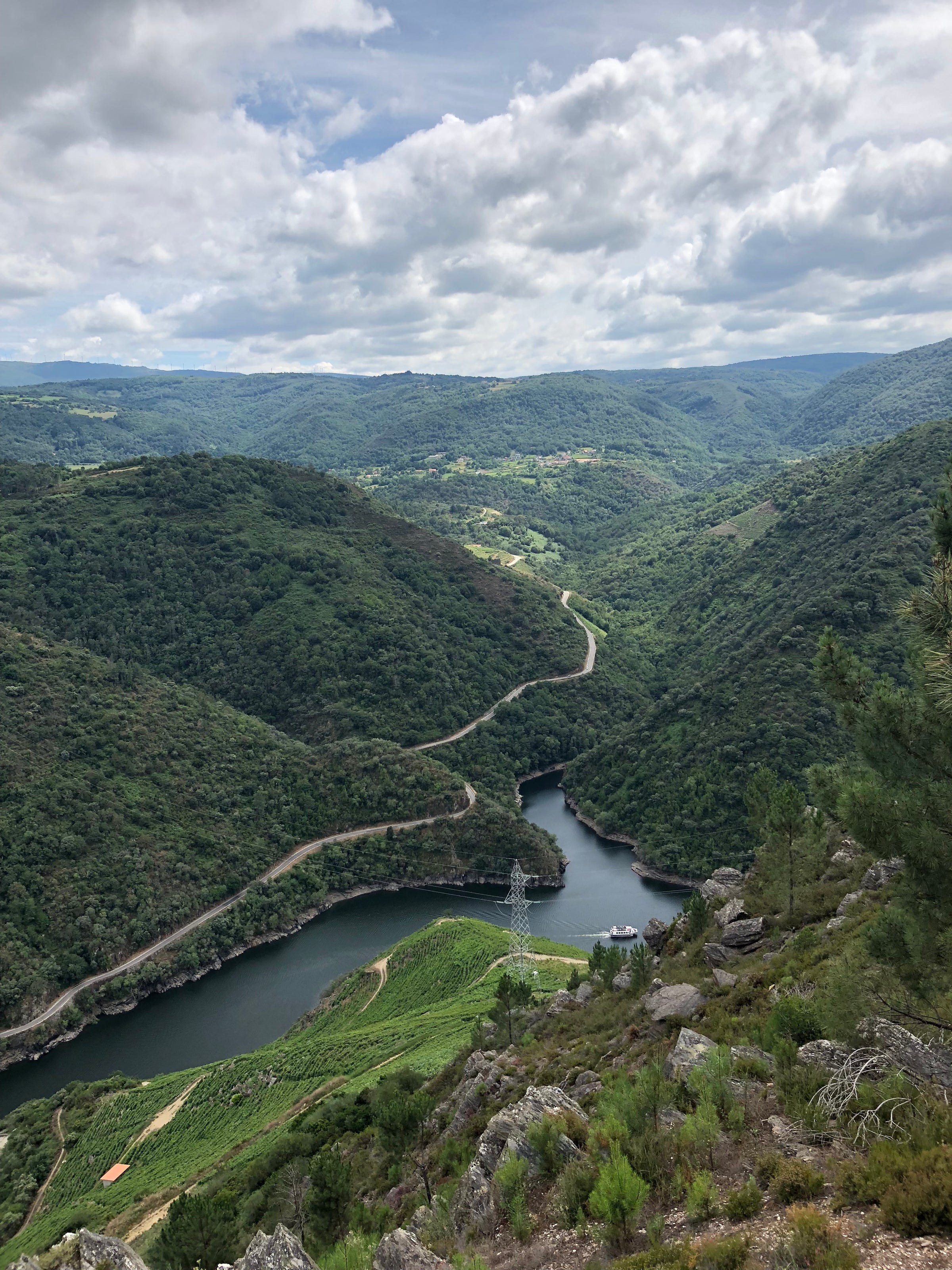Today we have one of the most fortuitous combinations of grape, place, and producer one could hope for, and yet the price of the wine is, well, pedestrian. Serious Spanish wine lovers know Clos Mogador as the estate that effectively put one of the world’s most unique wine regions—Priorat—back on the international wine map. With “Com Tú,” an old-vine Montsant made in collaboration with his three sons, Clos Mogador founder René Barbier zooms in even closer on his terroir of choice, with a 100% Garnacha that takes the variety to heights very rarely seen (as in, Rayas heights).
How a wine can be so lusciously ripe and so seemingly weightless at the same time is beyond me, but that’s what the greatest pure-Grenache wines do: They radiate warm-climate intensity while delivering Pinot Noir-esque levels of aromatic lift and brightness. It’s an amazing balancing act, enabled in this case by heirloom vines (some past the century mark) in Montsant\'s 70-person village of La Figuera, which is only a few miles as the crow flies from the Clos Mogador headquarters in Gratallops. The first vintage of Com Tú was produced in 2014, and even now, despite the considerable hype that accompanies everything Clos Mogador does, production is quite small. Its price hasn’t (yet) caught up to its reputation, meaning now’s the time to strike. Like Clos Mogador\'s flagship Priorat, this is a best-in-class, landmark bottle of wine.
\r\n
[NOTE: And, speaking of landmark wines, we have a painfully small amount of the wine that started it all: Clos Mogador’s 2019 Priorat. You can secure 1-2 bottles here, but not for very long!]
What disguishes Com Tú from its Priorat sibling is not merely the Montsant DO designation (something of a technicality when you consider the proximity of the vineyards) but the fact that it is a “varietal” wine from 100% Garnacha. This, mind you, from a producer known for sleek, polished Priorats incorporating Cabernet Sauvignon and Syrah alongside the local Grenache and Carignan. As you read up on Clos Mogador, one thing becomes very clear: The Barbiers aren’t interlopers here. This has been their home since 1979. The story of Com Tú is very simple: They found the La Figuera area to be “exceptionally good for Garnachas” and decided to showcase it. Their first collaborators were a few long-established growers who were members of the cooperative based in nearby Molar. The first few vintages of Com Tú were made there, but since then, several projects have popped up featuring this prized Garnacha (including one from René Barbier the younger and his star-winemaker wife, Sara Pérez).
\r\n
The conceptualization and labeling of Com Tú (“like you”) was spearheaded by Barbier’s Haitian-born son, Anderson, a music producer as well as a vintner, and his late wife, Isabelle, a painter and former ballerina. It comes from about three hectares of 35- to 50-year-old vines perched at roughly 600 meters of elevation in soils of red clay and limestone. The wine is vinified in large, used oak vats with some whole grape clusters included, after which it is aged in used oak foudres for 18 months.
\r\n
This 2018 confirmed something for me once and for all: Varietal Garnacha from Spain is a thing. A very exciting thing. I’ve swooned over several from both Montsant and the mountainous area west of Madrid called Sierra de Gredos, so Com Tú isn’t so much a revelation as a validation. But wow, what a forceful proclamation on behalf of Garnacha it is: Displaying a deep ruby core moving to a magenta rim, it delivers lifted aromas of roasted red fruits, a hint of blood orange, violets and rose, warm spices, wild herbs, and dusty earth. It is full-bodied but, as I said above, seemingly weightless at the same time with no syrupy notes or alcohol heat. The tannins are silky soft, the fruit lusciously ripe without feeling jammy. You’d be forgiven if you tasted it blind and thought it was a full-bodied style of Pinot Noir. It is balanced enough to promise at least 5-7 years of positive evolution, but I don’t see any point in waiting: It’s delicious now, so decant it 30 minutes before serving and let it rip! Although Priorat/Montsant isn’t technically “Mediterranean,” I feel like the ideal food pairing should be. Check out the attached recipe and enjoy!







